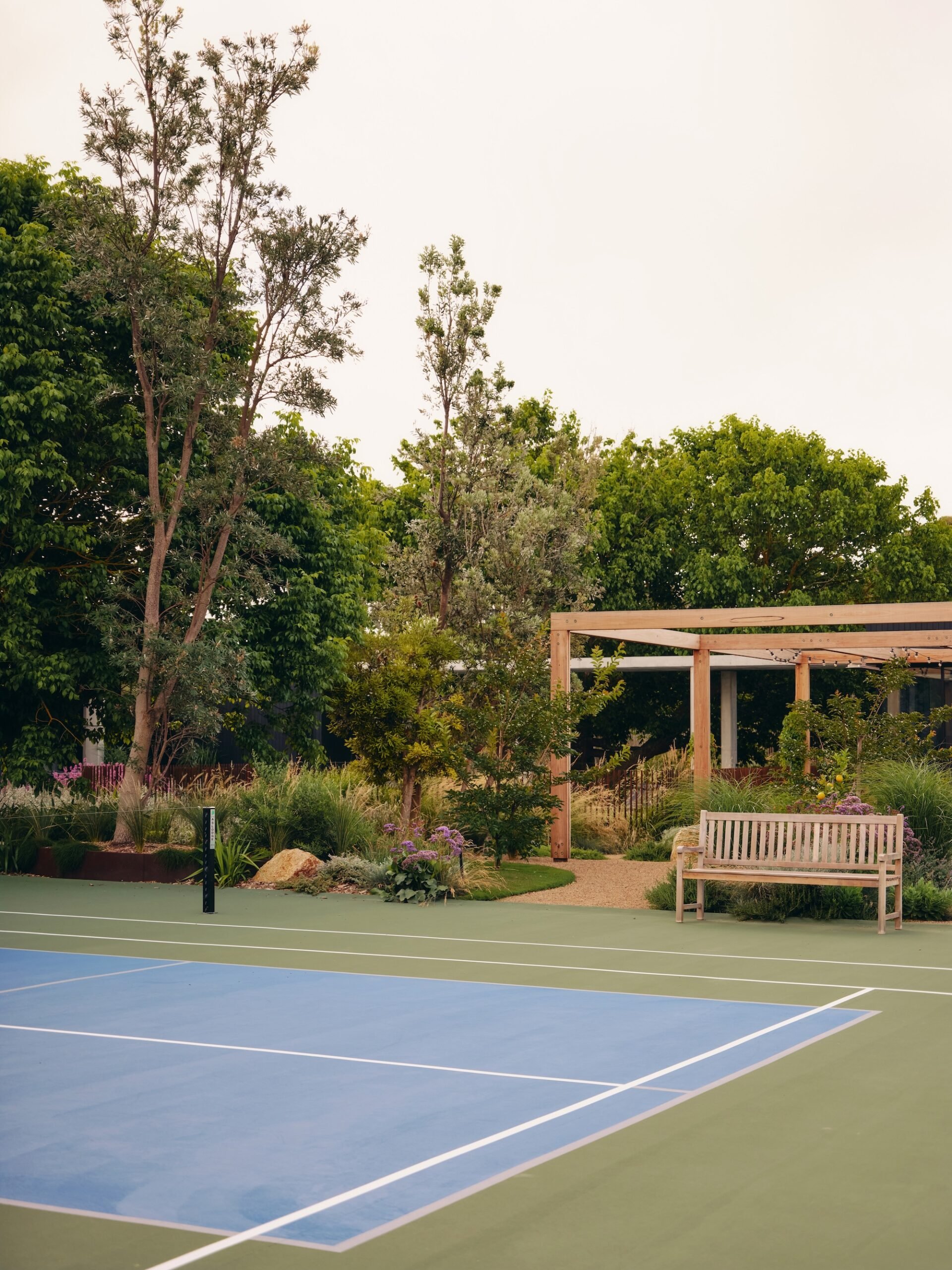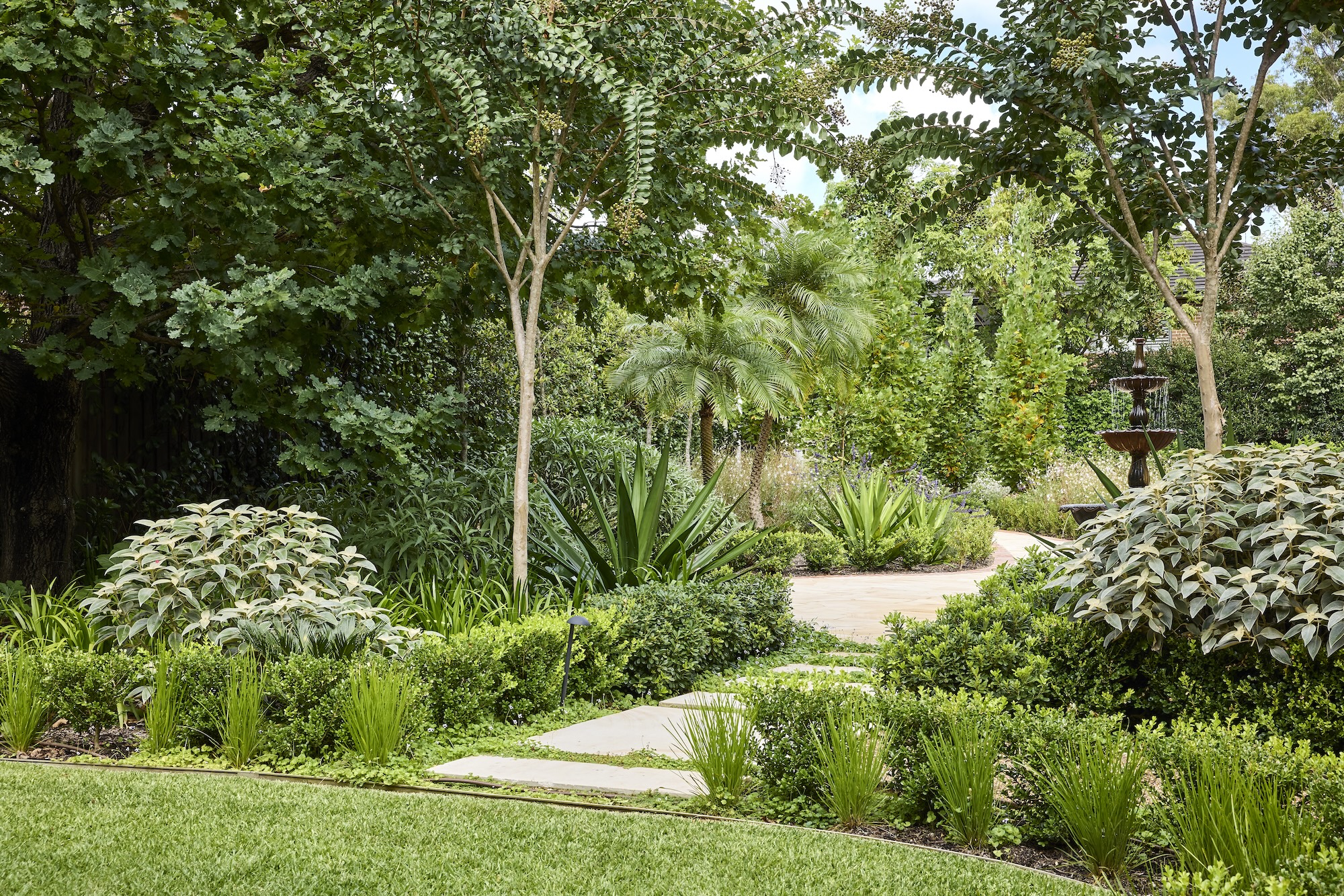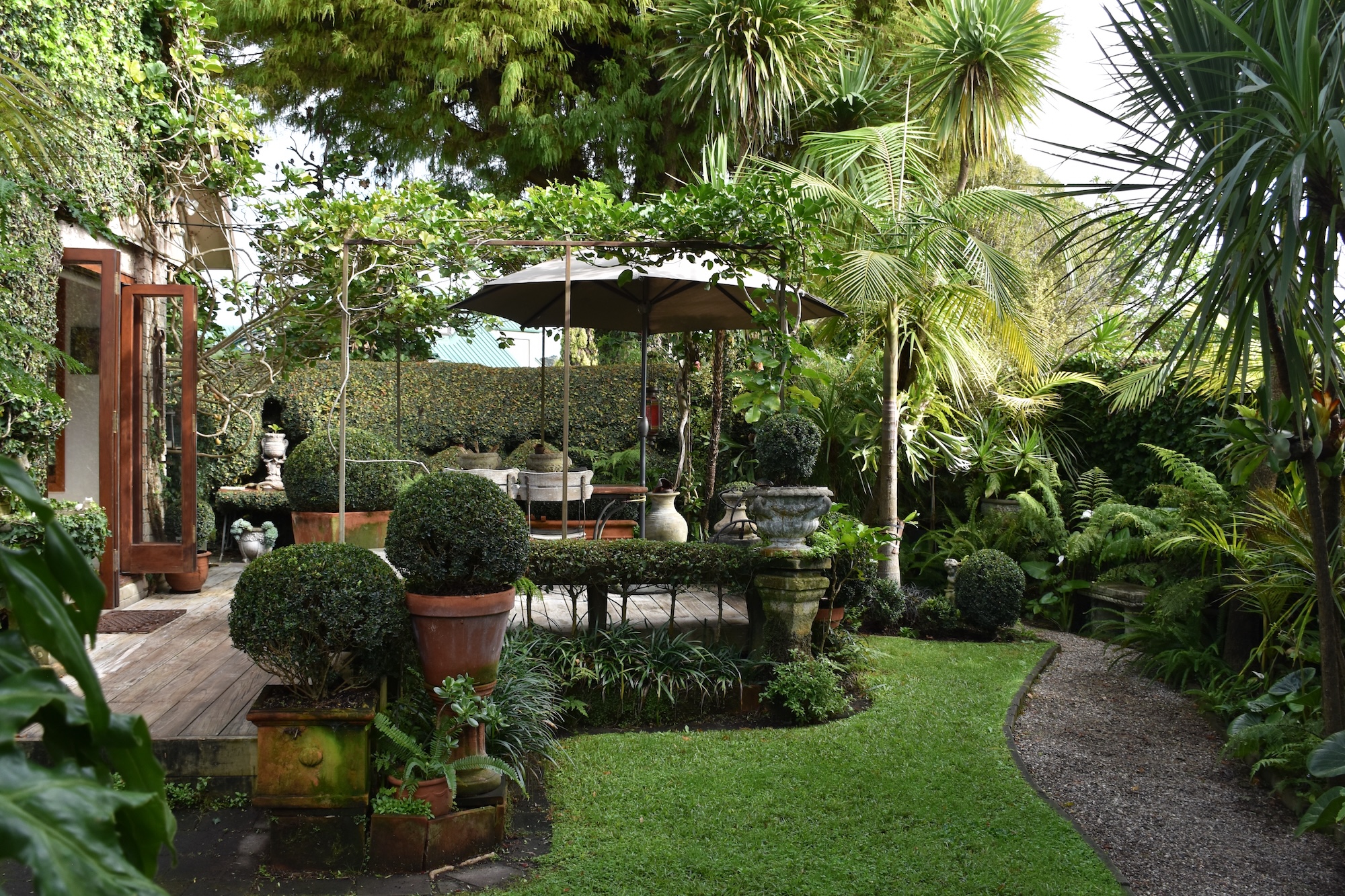Your cart is currently empty!
Capturing the spirit of the Scottish west coast | A seawilding garden at Chelsea

Capturing the spirit of the Scottish west coast | A seawilding garden at Chelsea
Seawilding — was showcased at the 2025 RHS Chelsea Flower Show.
Landscape design by Ryan McMahon of Musa Landscape Architecture.
Designed by Ryan McMahon of MUSA Landscape, this award-winning garden draws inspiration from the Scottish west coast. Specifically, it reflects the striking landscape of Loch Craignish in Argyll, home to the designer’s charity, Seawilding, which works to restore biodiversity in the loch.
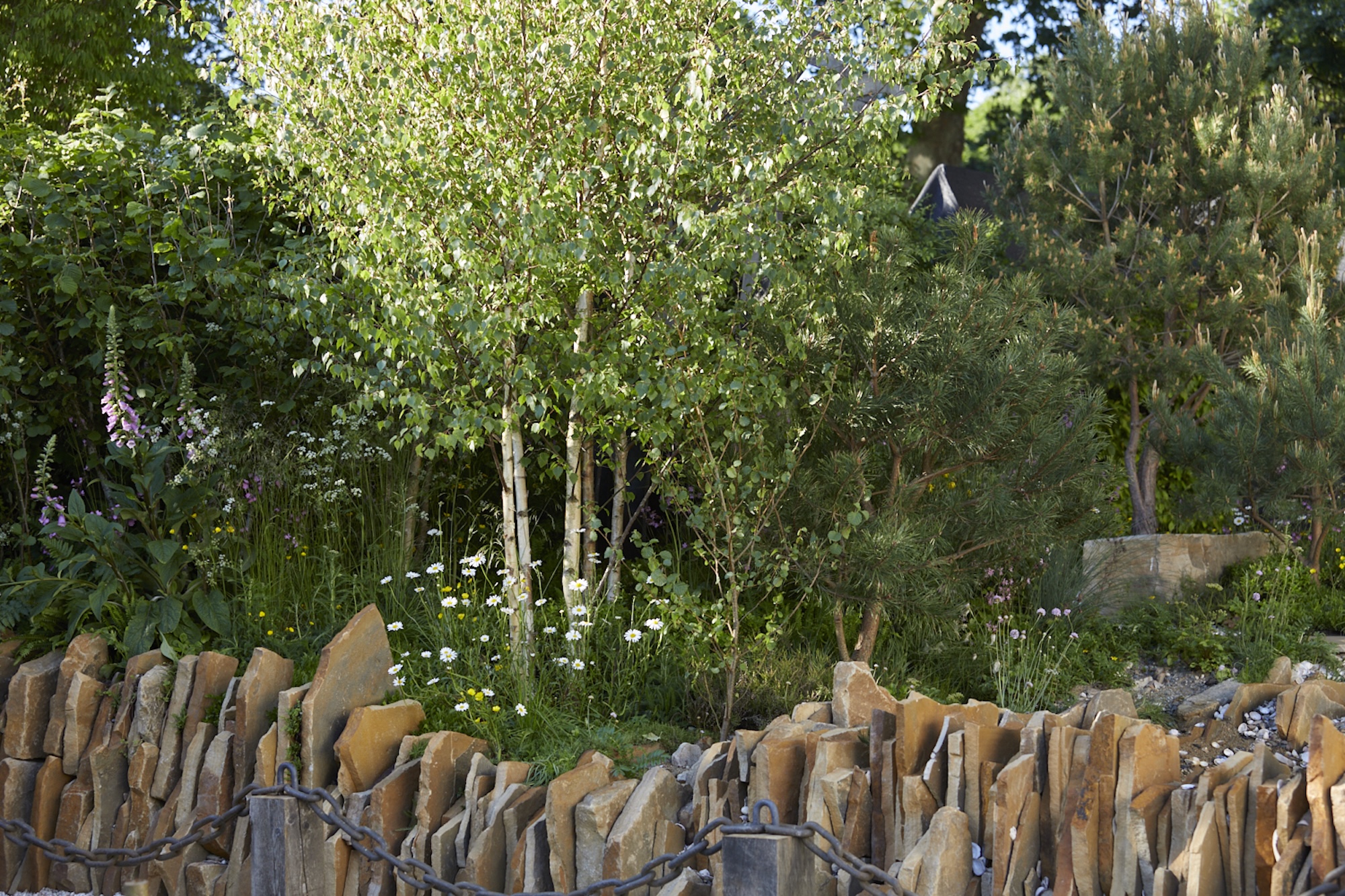
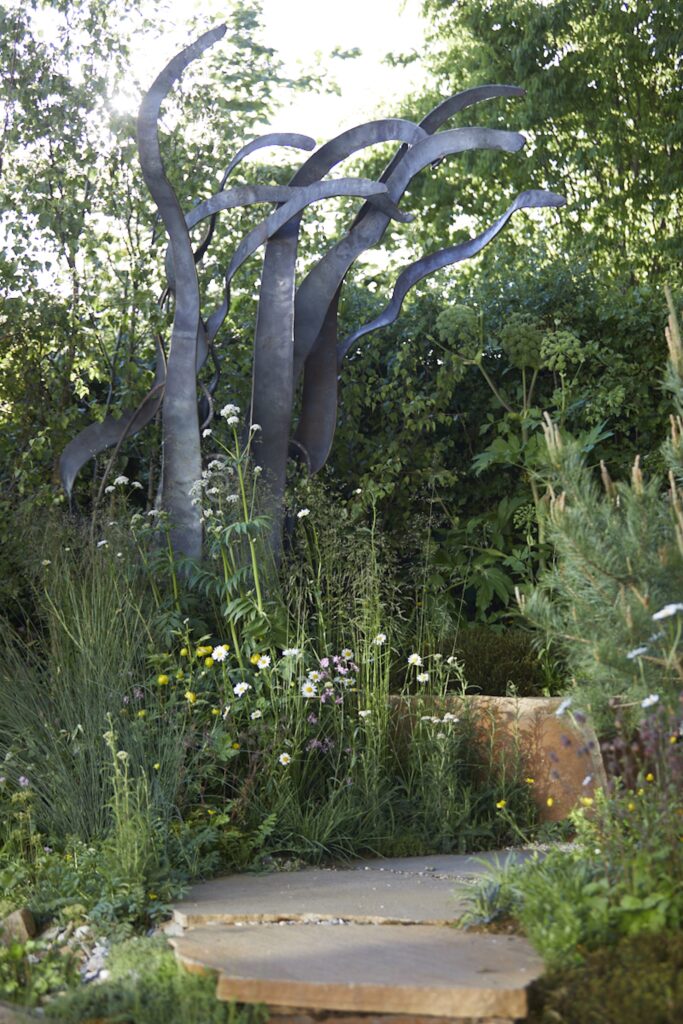
Ryan McMahon’s vision
The key objective of this garden was to reflect Seawilding’s mission. The charity focuses on reintroducing two keystone species (native oysters and seagrass) back into the sea loch. By using native plants found around Loch Craignish (or those that ought to be there), the garden became a land-based echo of the restoration work happening in the water.
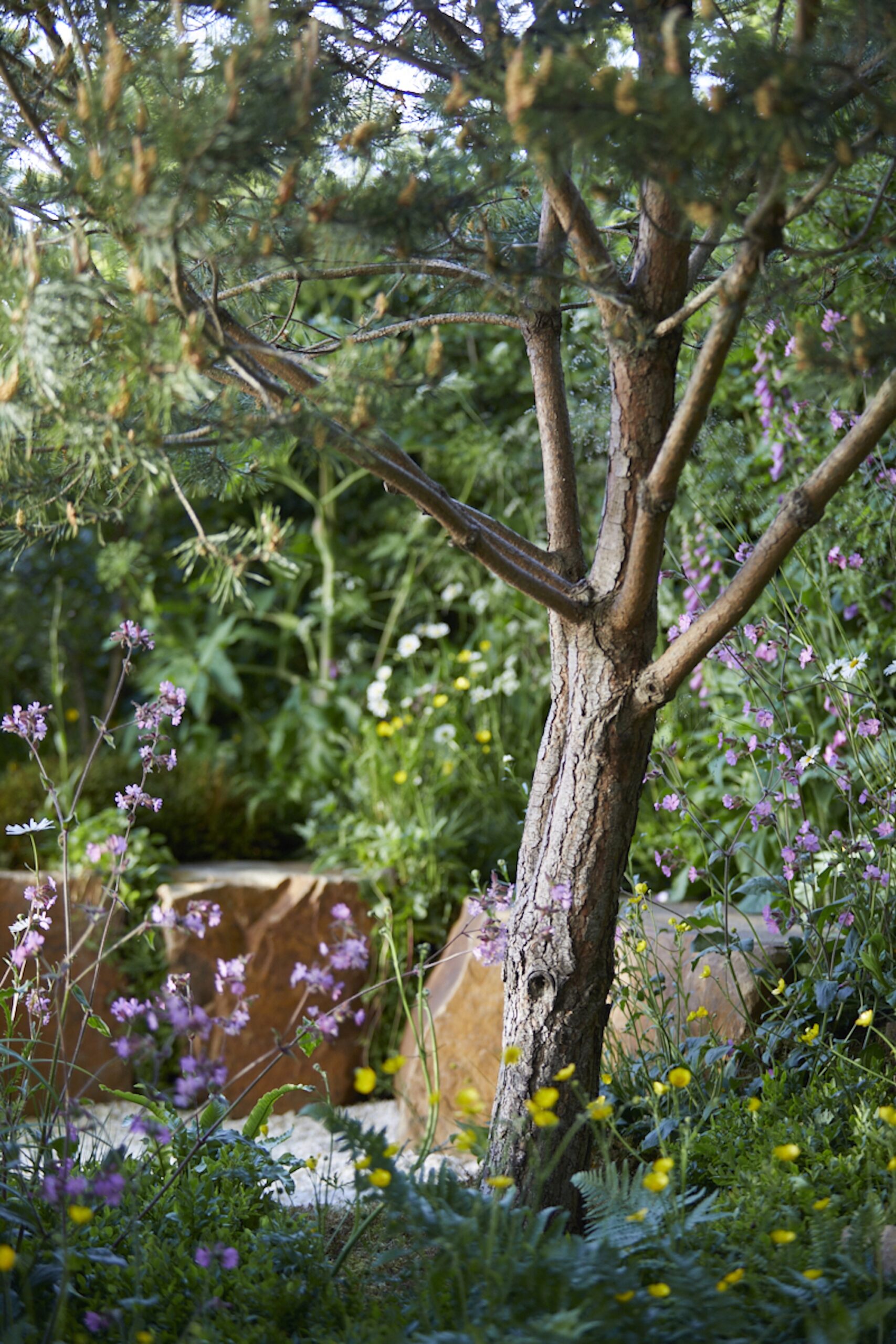
Planning ahead
The transformation of the Seawilding garden began long before arriving at the Chelsea Flower Show site in May 2025. With just nine days to turn a bare patch of grass at the Royal Hospital Chelsea into a fully planted landscape, preparation was key. A pre-build began in November 2024 at the contractor’s yard, where every stone was carefully selected and placed into labelled crates, each one mapped out to show exactly how it would be rebuilt into dry-stone walls on site. This planning meant that once on location, the team could focus on the planting and final details without delay.
Central to the garden was the use of sandstone – a natural stone found at Loch Craignish. At the loch, the stone emerges from the sea almost vertically, creating pockets for niche planting – from hardy pioneer species at the water’s edge to woodland plants tucked further back. This natural transition provided the foundation for the planting scheme at Chelsea.
The sandstone itself came from a small-scale quarry in Cumbria, England. The quarry operates with minimal environmental impact, avoiding blasting, and restoring the land to allow biodiversity to return – values that align closely with the garden’s purpose.
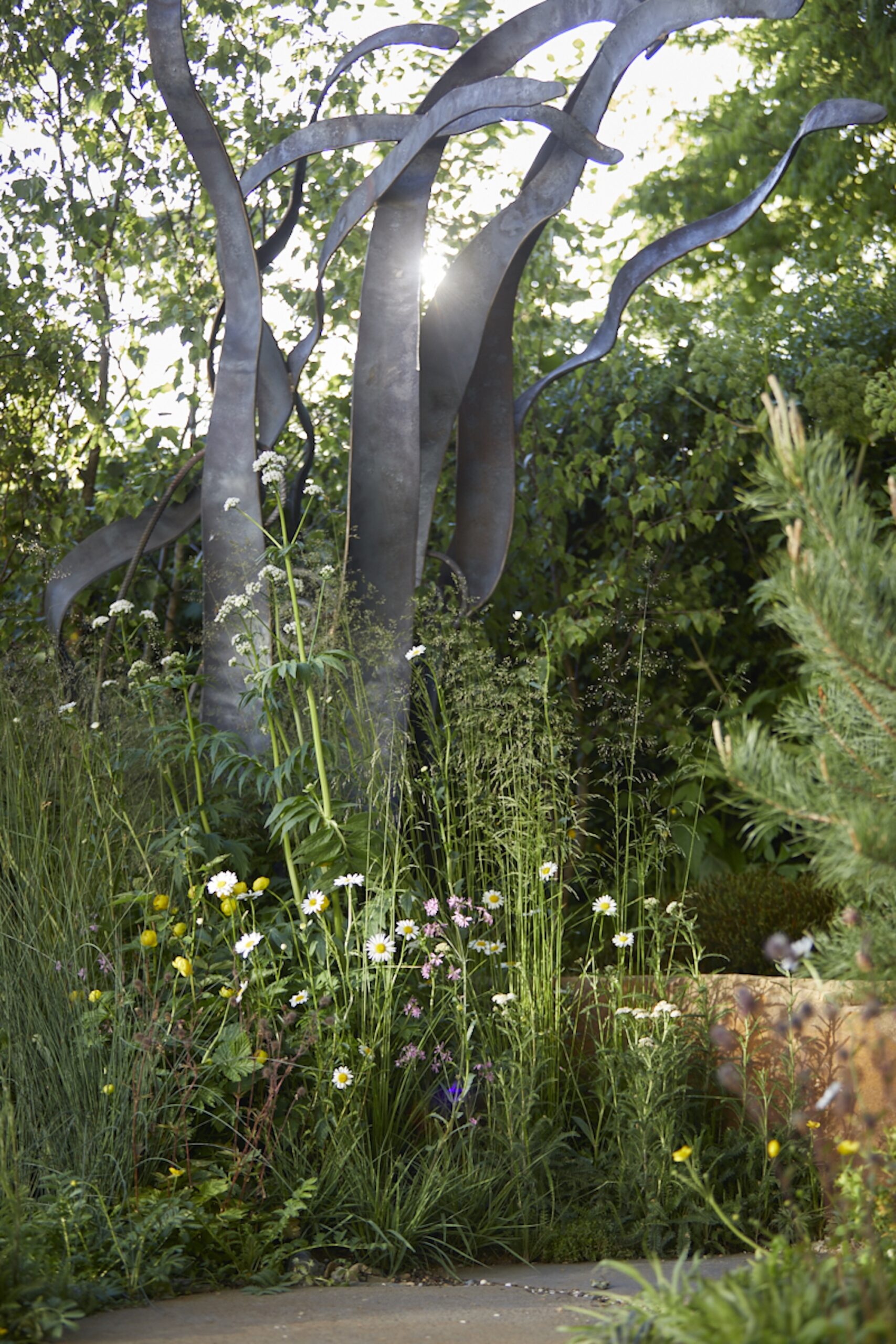
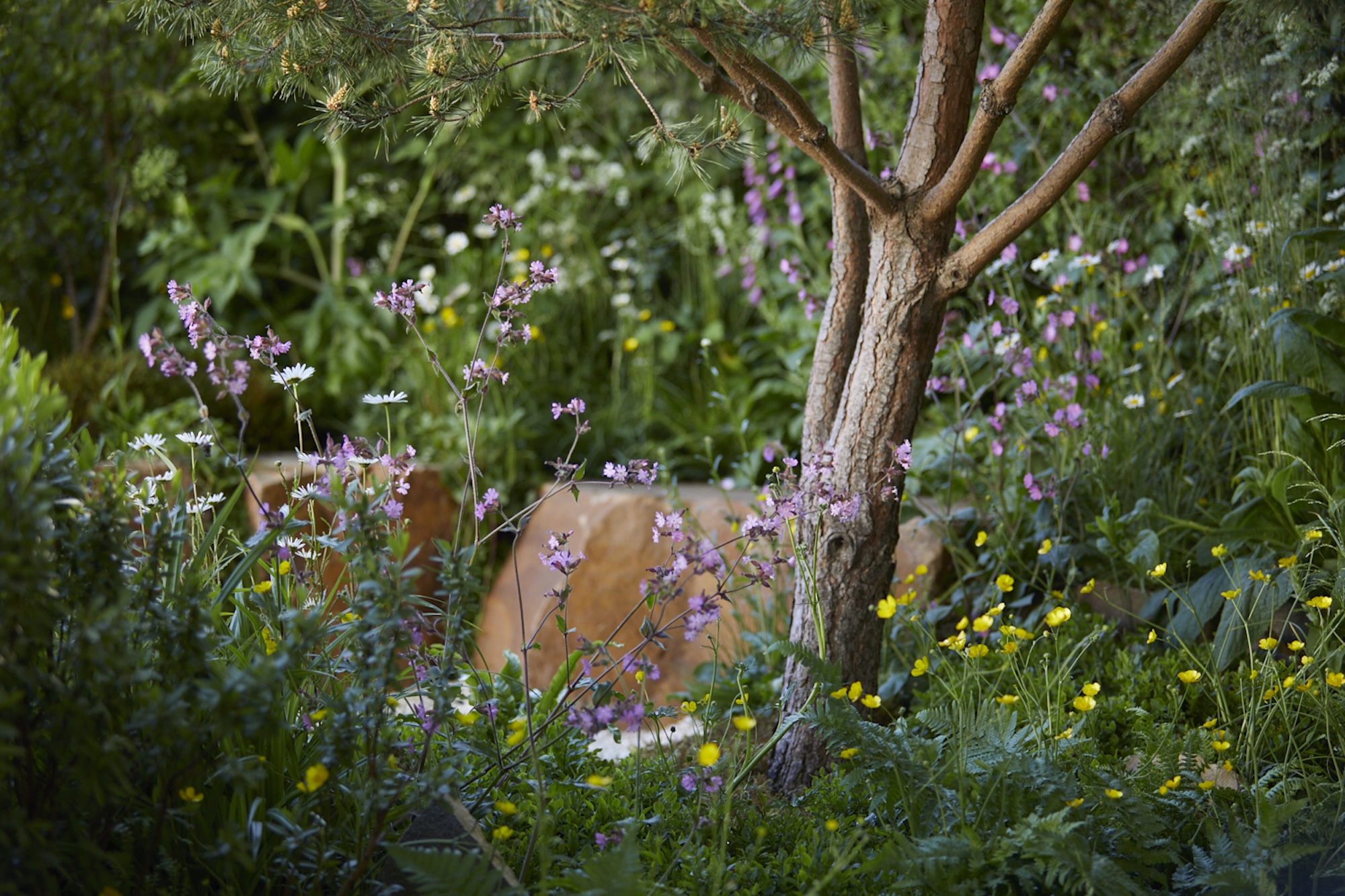
The end result
The finished garden is a quiet, layered space that captures both the story and spirit of Seawilding’s restoration work. At the front, a saltwater environment features seagrass, spotlighting the underwater habitat the team is working to bring back to life. From here, the landscape rises gently and moves through a beach zone into shoreline planting, gradually increasing in plant diversity and size, with pioneer trees and shrubs appearing further back.
Three large stepping stones lead from the beach to a small, informal seating area at the rear of the garden. This was designed to feel like a place you might stumble upon during a coastal walk – somewhere to rest or share lunch. Overhead, a striking seagrass sculpture by Kev Paxton (Artfe) adds a symbolic touch, crafted from reclaimed steel pipes from Scotland’s last coal-fired power station.


Plant palette
Shrubs
- Myrica gale (bog myrtle)
- Vaccinium vitis-idaea (cowberry/lingonberry)
- Vaccinium myrtillus (blaeberry)
- Calluna vulgaris (heather)
Grasses
- Deschampsia cespitosa
- Eriophorum angustifolium
- Eriophorum latifolium
- Eriophorum vaginatum
- Molinia caerulea (purple moor grass)
RUSHES
- Juncus effusus
- Juncus maritimus
SEDGES
- Carex atrofusca (scorched alpine sedge)
- Carex buxbaumii (club sedge)
- Carex chordorrhiza (string sedge)
- Carex salina (saltmarsh sedge)
- Carex pendula (pendulous sedge)
Ferns
- Blechnum spicant (hard fern)
- Dryopteris filix-mas (shuttlecock fern – male)
- Asplenium trichomanes (maidenhair spleenwort)
- Asplenium scolopendrium (harts tongue fern)
Perennials, biennials & annuals
- Asplenium scolopendrium (Scottish asphodel)
- Arabis alpina (alpine rock-cress)
- Plantago maritima (sea plantain)
- Iris pseudacorus (yellow flag iris)
- Achillea millefolium (yarrow)
- Sedum anglicum (stonecrop)
- Thymus drucei (wild thyme)
- Filipendula ulmaria (Meadowsweet)
- Geum rivale (water avens)
- Valeriana officinalis (valerian)
- Armeria maritima (sea thrift)
- Silene dioica (red campion)
- Silene viscaria / Viscaria vulgaris (sticky catchfly)
- Ranunculus acris (buttercup)
- Trollius europaeus (globe flower)
- Potentilla anserina (silverweed)
- Leucanthemum vulgare (oxeye daisy)
- Anthriscus sylvestris (cow parsley)
- Digitalis purpurea (foxglove)
- Angelica archangelica (angelica)
- Dactylorhiza fuchsii (common spotted orchid)
Marine plants
- Zostera marina (seagrass)
Moss
- Sphagnum
- Polytrichum (haircap moss)
- Rhytidiadelphus (big shaggy moss)
Trees
- Alnus glutinosa (alder)
- Pinus sylvestris (Scots pine)
- Betula pendula (silver birch)
SMALL TREES / SEEDLINGS
- Corylus avellana (hazel)
- Betula pendula (silver birch)
- Pinus sylvestris (Scots pine)
- Alnus glutinosa (alder)
—
After being showcased at the RHS Chelsea Flower Show, the garden was relocated at Arfern, Loch Craignish. It will form part of a community garden behind the primary school. The sculpture will be installed at the entrance to the Craignish peninsular with the seagrass blades pointing towards the peninsular and the sea.

—

